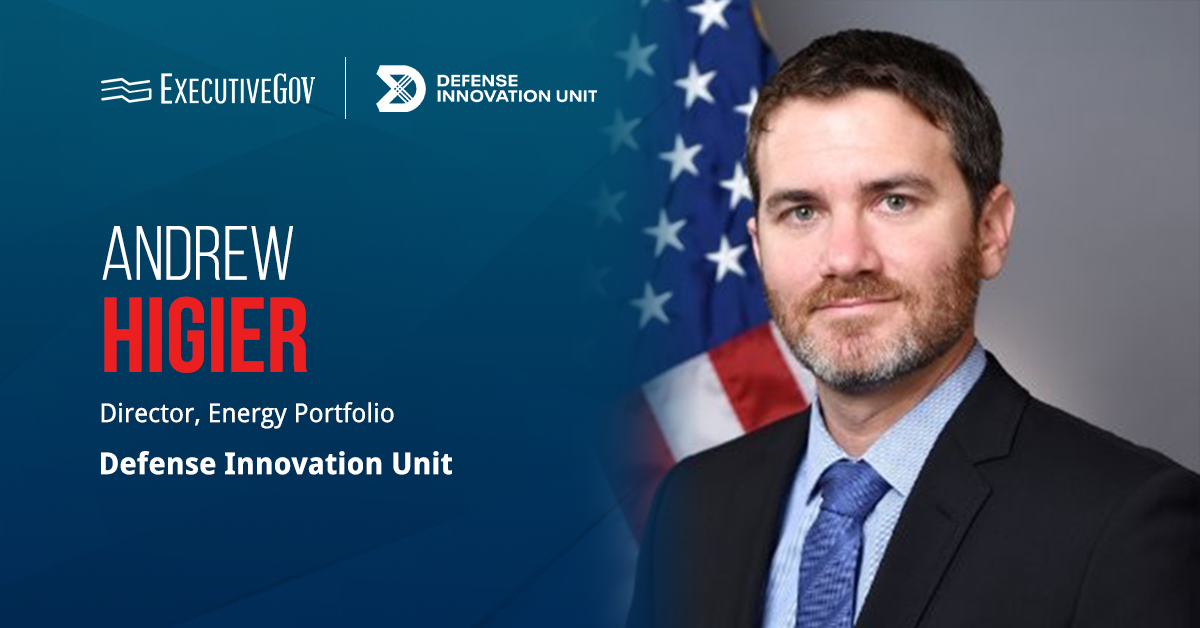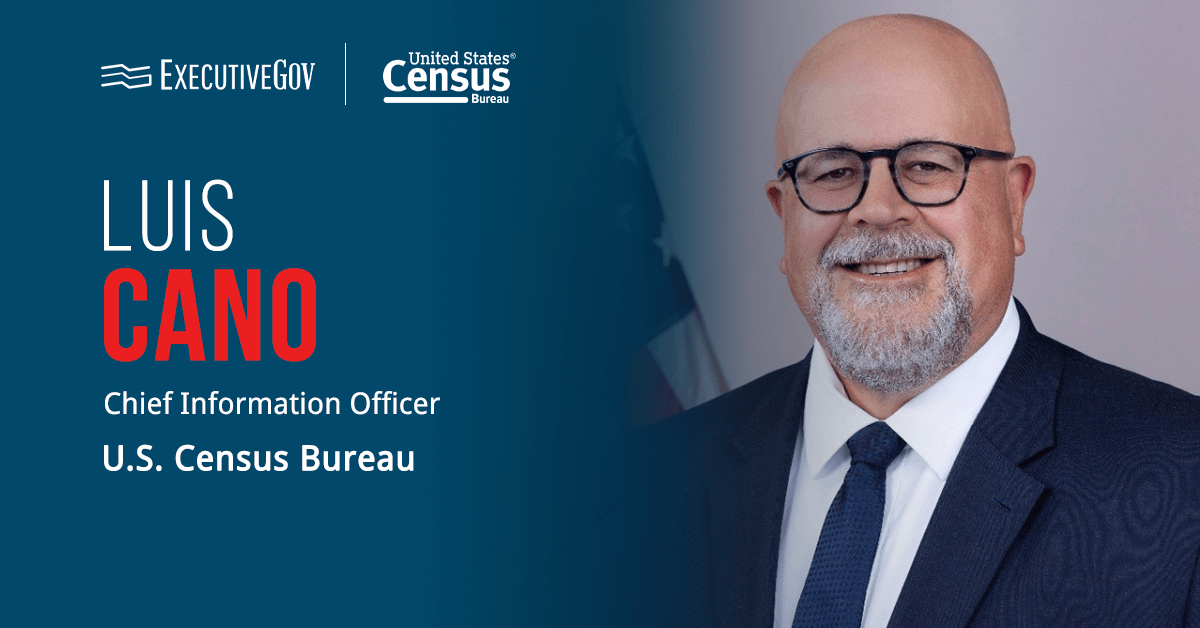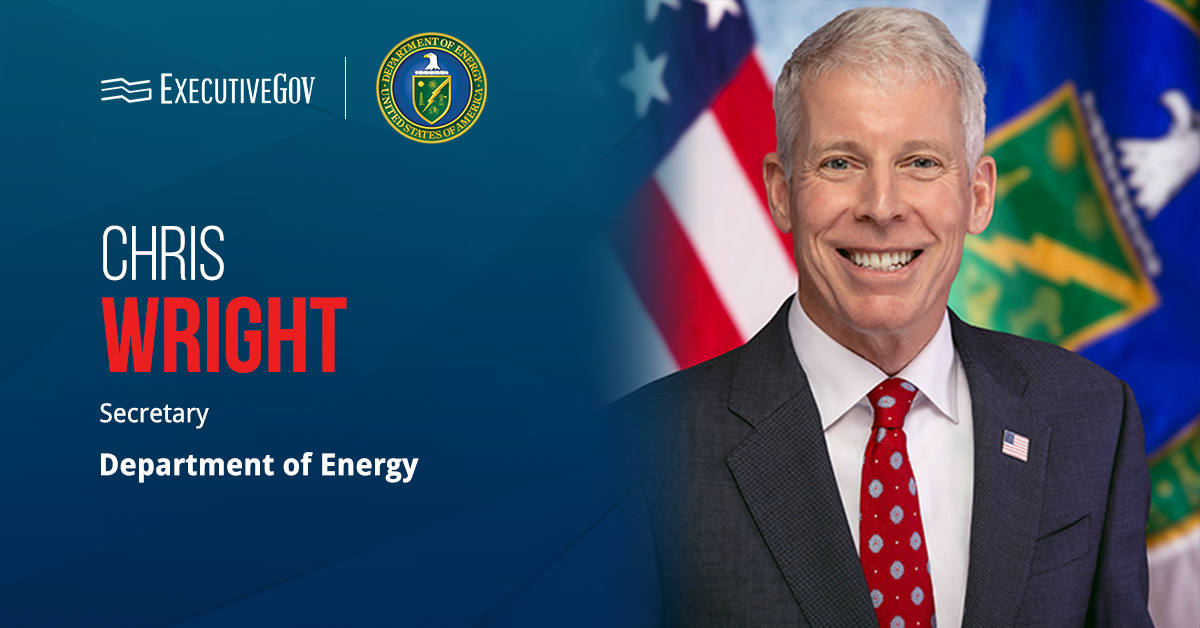The Department of Defense has selected eight companies to demonstrate their ability to deliver safe and secure nuclear power under the Advanced Nuclear Power for Installations, or ANPI, program.
The chosen vendors are also eligible to receive other transaction awards to deliver commercial dual-use microreactor technology at DOD installations, the Defense Innovation Unit said Thursday. The effort will advance the ANPI program, which aims to build on-site microreactor nuclear power systems to support global military operations across land, air, sea, space and cyberspace.
Table of Contents
Safeguarding US National Security
ANPI will deliver the needed technology that will help the United States maintain its nuclear advantage and safeguard the country’s national security, according to Andrew Higier, energy portfolio director at DIU. “Microreactors on installations are a critical first step in delivering energy dominance to the force. Tapping into the commercial sector’s rapid advancements in this area is critical due to the significant private investment in this space over the last few years,” he explained.
Achieving Mission Readiness Through Energy Resilience
The selected companies include Antares Nuclear, BWXT Advanced Technologies, General Atomics Electromagnetic Systems, Kairos Power, Oklo, Radiant Industries, Westinghouse Government Services and X-Energy. Their work will be guided by the following ANPI objectives: providing mission readiness through energy resilience, deploying nuclear power to support installation readiness goals and empower warfighters, building a scalable microreactor system to deliver electrical power for all critical loads and enabling the Nuclear Regulatory Commission to stimulate commercial nuclear microreactor technology development.
Under ANPI, the DIU, the Army and the Air Force are working together to design, build and operate microreactor nuclear power plants on military installations.











